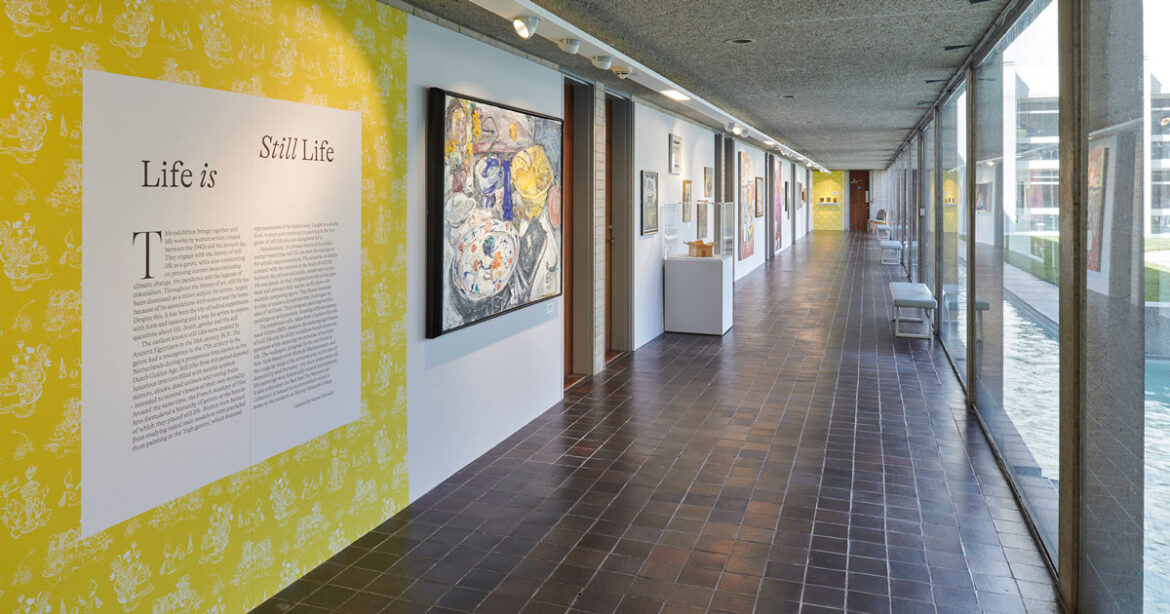Rejecting the received wisdom of art academies, female still life artists get their roses in this exhibition
Words by Alex Fice
“The words ‘still life’ rarely elicit a great deal of excitement in people,” admits Naomi Polonsky, curator of the latest display from The Women’s Art Collection, Life is Still Life. “I wanted to show that still life is exciting. It’s a way to conduct radical experiments in form and explore questions about life, death and the human experience.”

Hilary Pecis, Breakfast Nook, 2021
However, still life has not always been recognised as a revolutionary genre. On the contrary, it was dismissed as a minor subject for creators throughout the history of art. In the 17th century, the French Academy of Fine Arts established an official ‘hierarchy of genres’, planting still life firmly at the bottom. As women were banned from studying the naked male form at this time, they were excluded from higher genres such as historical and mythological painting, and so gravitated towards still life – not least because it reflected the circumstances in which they tended to create art: the home.
Over time, still life has evolved into a hub of experimentation and today offers an ideal way to address urgent contemporary issues, says Naomi. “I would argue that this is not in spite of the exclusions that have taken place in art history, but in fact because of them. The limitations on the type of art that women have been able to create has meant this ‘lowly’ genre filled with quotidian domestic objects was a portal into everyday life. As Virginia Woolf said when looking at a still life painting: ‘what can six apples not be?’”
Life is Still Life aims to bring into sharp focus the radical nature of the form. Featuring artworks by women created between the 40s and the present day – both on loan and from the permanent collection – the exhibition showcases the experimentation borne out of still life and confronts urgent contemporary issues such as climate change, the pandemic and legacies of colonialism. […]
To continue reading this article, head to the full version here.

